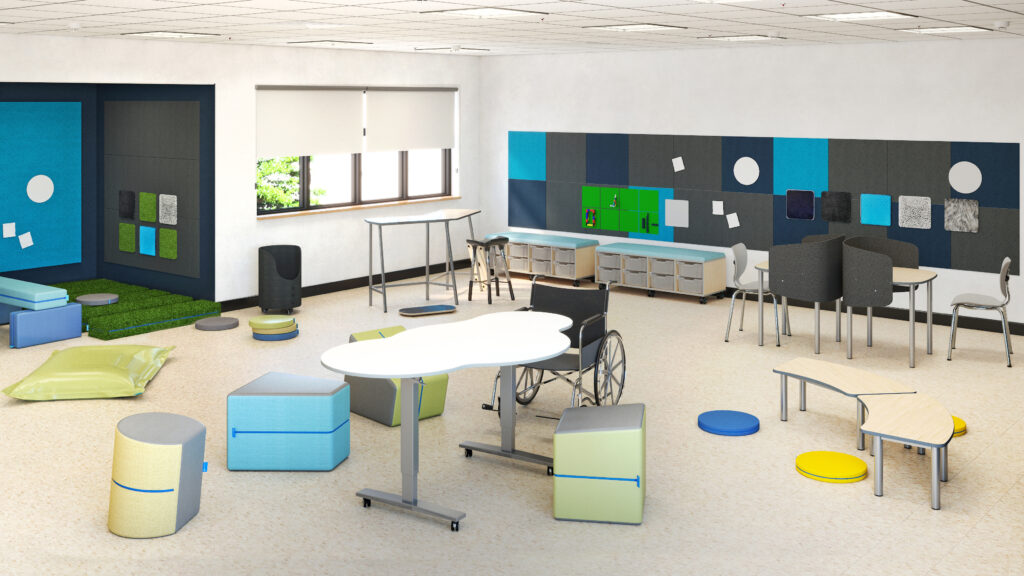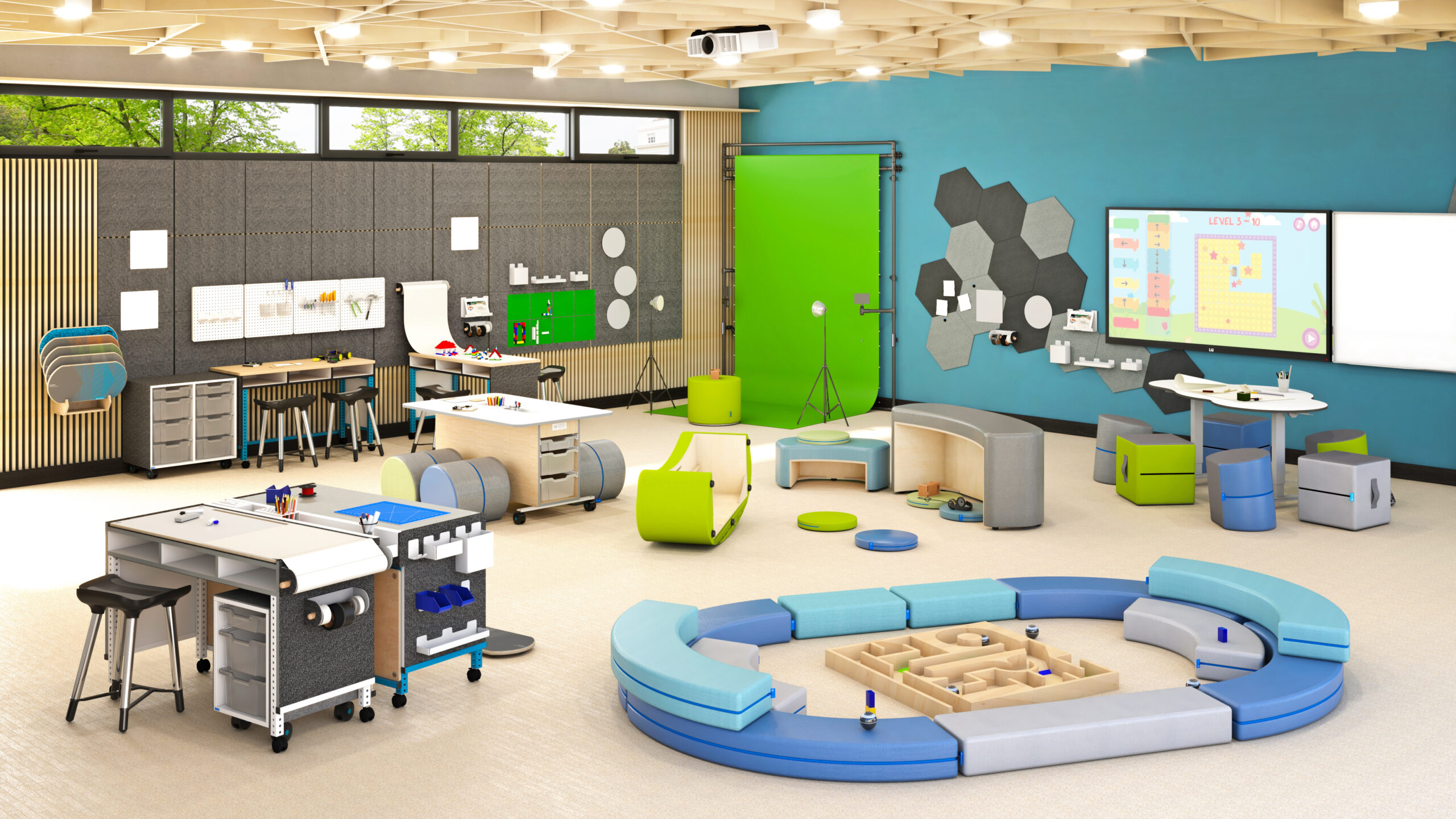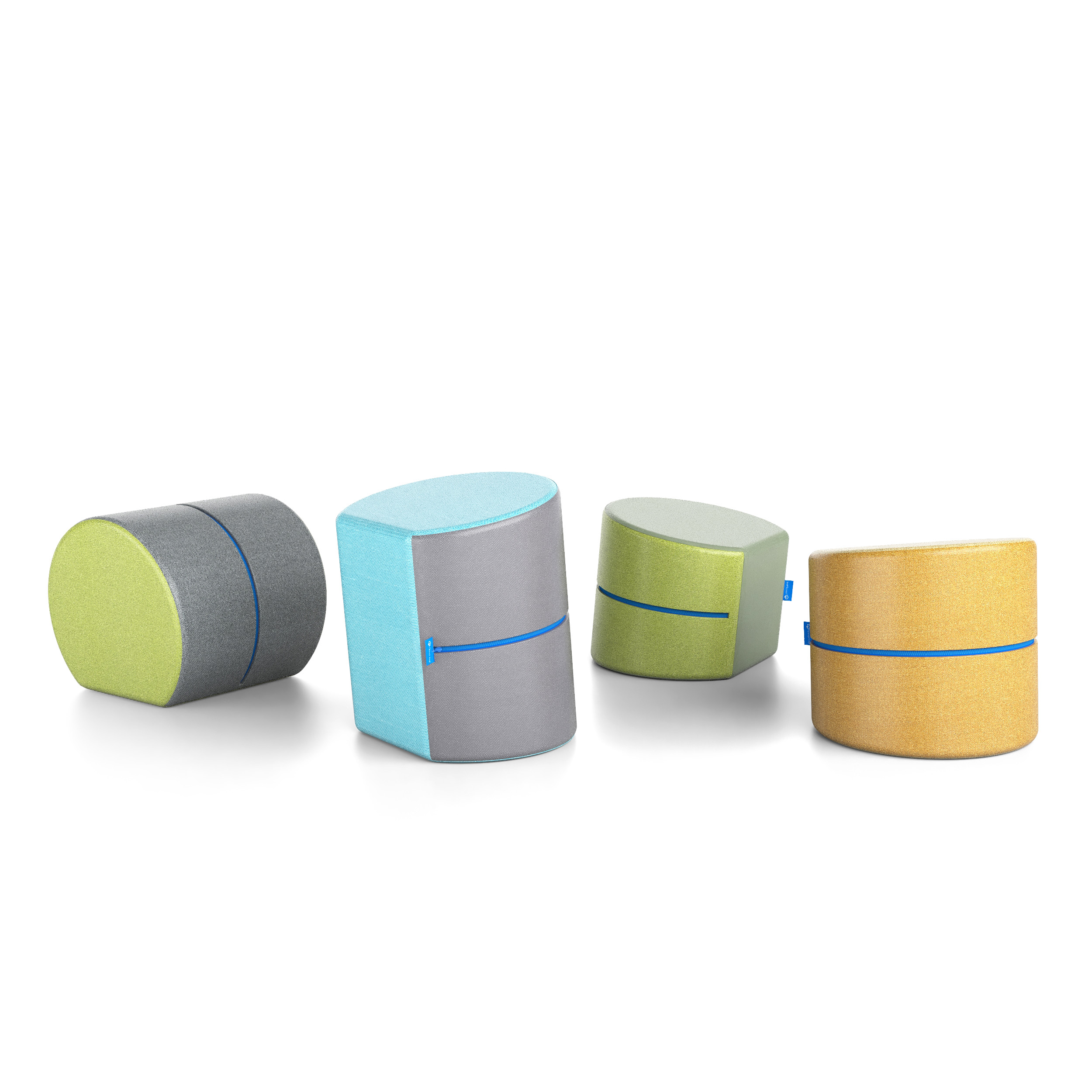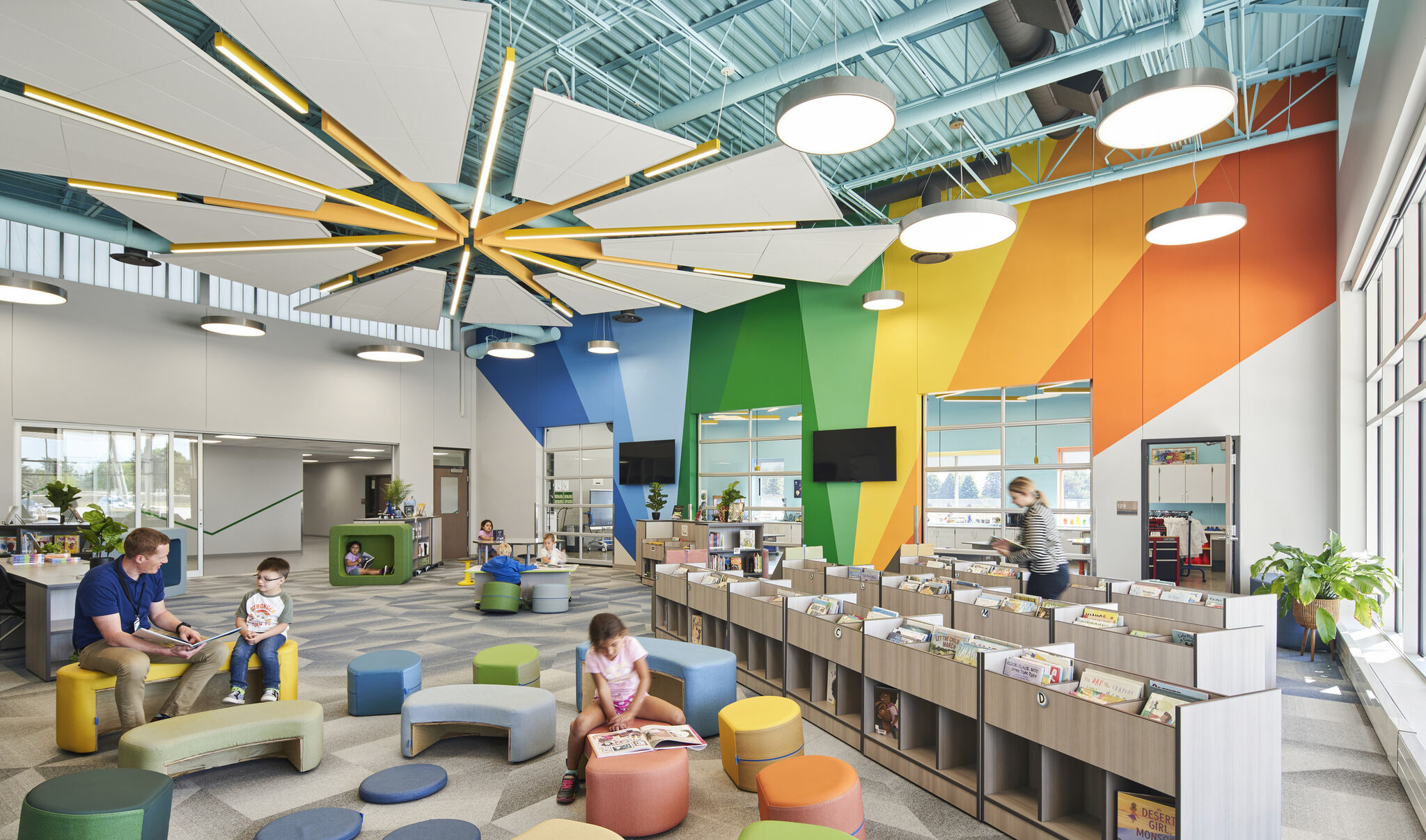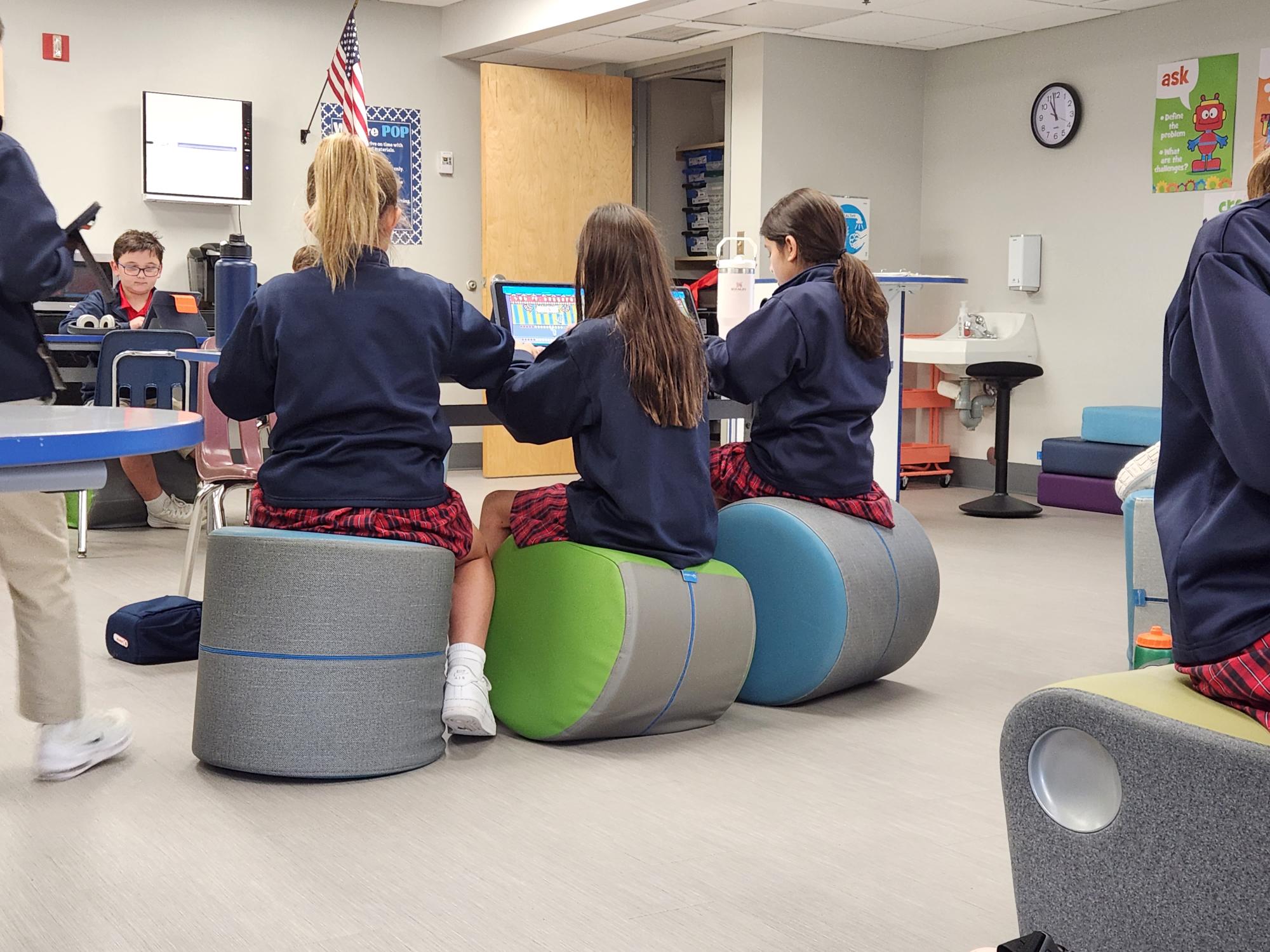What is Well-Being?
The dictionary defines well-being as ‘the state of being comfortable, happy, and healthy’. According to the European Commission, Educational Well-Being in a learning area is, ‘a state in which pupils are able to develop their potential, learn and play creatively.’ ‘Concretely meaning feeling safe, valued, and respected – being actively and meaningfully engaged – having positive self-esteem, self-efficacy, and sense of autonomy.’
Challenge Areas
Well-being has been emphasized in educational environments more strategically post COVID. Socio-Emotional Learning (SEL) and empathetic curricular tools have been integrated, behavior modification plans have been adapted, and facilitators’ abilities to effectively interpersonally communicate have been analyzed. According to the National Library of Medicine’s literature reviews, ‘With the emergent of student well-being as a priority area in educational policy and practice, efforts to measure and monitor student well-being have increased.’
Australia’s education system is adopting ideologies regarding the physical learning space and its effect on well-being. SmilingBlog writes, ‘So what if we told you that the design of your school’s physical spaces can actually further support our students’ mental health?’
Now let’s take that one step further…
Neuroscientific research between 2015 and today continues to highlight the connection between textures, colors, temperatures – physical stimuli – and neural pathway responses.
Rough-Draft Thinking
How is well-being effectively and efficiently measured and monitored within a learning environment? In order to gauge how the physical space is affecting well-being, we must look at specific product features and how those features function in support of learners.
If there is no justification for the color, angle, curvature, texture, temperature, or even size of what is included in a learning space – how can it be adequately measured or monitored successfully?
Utilizing physical layouts to parallel rough-draft thinking is a way to both measure and support well-being amongst learners and facilitators. ‘Rough-draft thinking [talk] looks like false starts, expressions of uncertainty, and incomplete or imperfect sentences.’ (Barnes 2008, pt 3)
Here’s how educational environments can bolster rough-draft thinking, therefore overall well-being in the learning space.
Product Features – RockerOtt.10
The RockerOtt.10 allows for variables in learning differentiation. It speaks directly to autonomy, cognitive capability, and developmental appropriateness. The purposeful 10-degree angle aids the lower lumbar, offering opportunity for better core stabilization. Positioned backwards, the 10-degree angle offers resistance, which benefits learners who require a propelling motion known as propulsion. Flipped sideways, the RockerOtt.10 acts as a rocking bench or curved seat which can be used by straddling or side-saddle positions. Individuals who operate more positively by standing can incorporate the RockerOtt.10 in colorful ways – leaning, balancing, kneeling etc.
Including pieces into learning environments that require choice and problem-solving methodology encourages rough-draft thinking. An individual must think through various uses and pair an appropriate use with a current activity or goal. Thus, engaging in problem-solving and recollection of uses that work as opposed to don’t work.
When individuals ‘draft’ – they brainstorm, generate authentic ideas, get messy, and get real.
Making Connections
The connection between rough-draft thinking, use of physical space, and well-being are undeniable. As stated in Edutopia’s A Place for Learning: The Physical Environment of Classrooms – ‘The physical structure of a classroom is a critical variable in affecting student morale and learning. Students’ involvement in the process of creating their environment can empower them, develop community, and increase motivation.’
Measuring and monitoring well-being within an educational environment can take many forms. By employing the RockerOtt.10 into a learning space, a facilitator can record qualitative and quantitative data on its use in comparison to activity, learning style, duration, academic/social objective, and outcome. [Fig 1]
Frontiers Psychology’s narrative review Humans Have a Basic Physical and Psychological Need to Move the Body: Physical Activity as a Primary Drive focuses attention on how ‘movement meets various criteria for a primary drive – Deprivation of movement produces feelings of tension, such as an urge or craving, known as effectively-charged motivation states, and particularly the feelings of being antsy, restless, hyper or cooped up.’
Introducing pieces, such as the RockerOtt.10, assists in the support, observation, measurement, and monitoring of well-being within a learning environment. Products that are consistently used in educational settings must have an appropriate justification – and that justification must positively encourage well-being for learning communities to thrive individually, socially, emotionally, physically, and academically.

